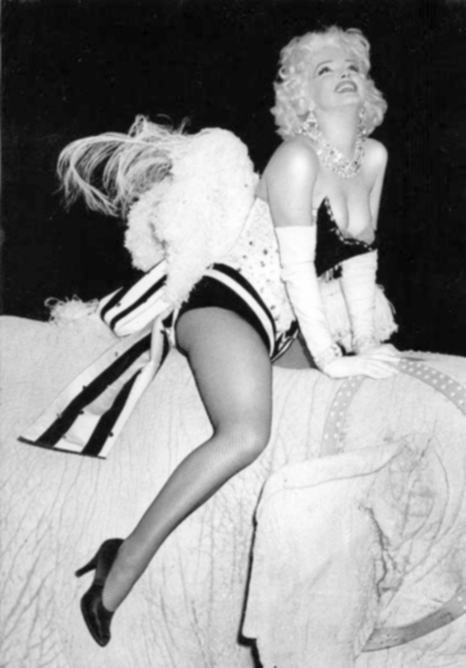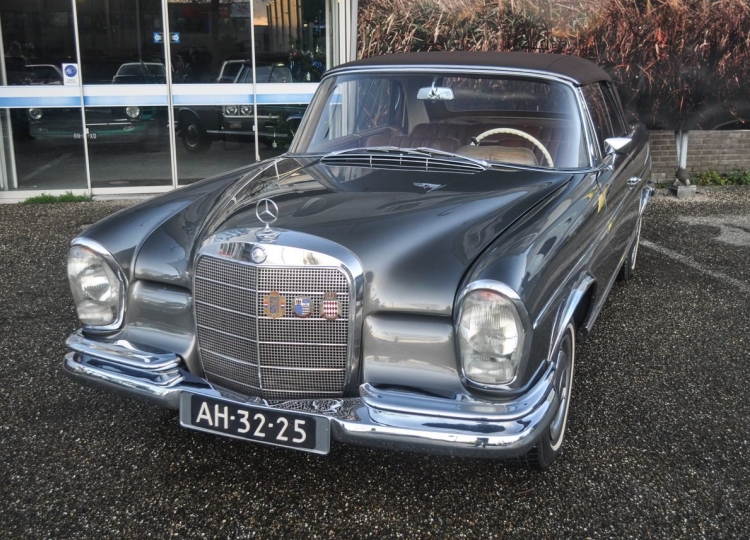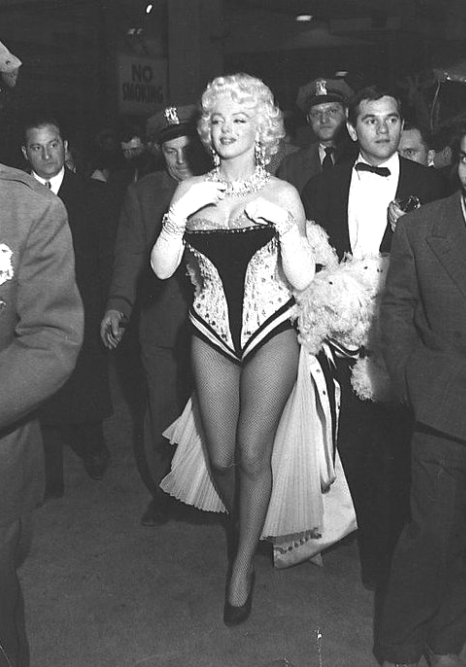Peter Pan's Flight to Los Angeles
Since the conspiracists contend that Robert Kennedy knew he was going to travel from Gilroy to Los Angeles by helicopter on August the 4th for an encounter with his rejected lover, it is only logical to contend also that he had made prior arrangements for both the helicopter and a way to get to it because a helicopter could not have landed at the Bates’ Gilroy ranch without alerting every person and animal present. Keeping in mind that Robert Kennedy did not have a car of his own at his disposal, you might contend, and some persons have, that John Bates loaned the attorney general an automobile and then Robert Kennedy drove himself to an awaiting helicopter; but there is no evidence to support that contention; and if John Bates provided his friend with an automobile, then Bates lied consistently about that weekend until he drew his last breath; but more about the alleged loaned automobile later.
We must assume that the attorney general arranged through his Department of Justice or military contacts to have a car collect him at the Bates’ ranch entrance drive where it intersected with Redwood Retreat Road. We must assume that because the conspiracist’s travel scenarios do not include any information regarding the niggling how. Robert Kennedy’s chauffeur, military or otherwise, then drove him to either a nearby military air field or a commercial airport, possibly one located at San Martin, Watsonville or even San Jose―it matters not from which airport―where he climbed aboard the fastest, non-experimental helicopter available to him, the Bell Huey or a commercial variant thereof. Then he, along with a military or commercial helicopter pilot, headed south to Los Angeles. I have included the presence of a helicopter pilot because I have not discovered any indications anywhere that Robert Kennedy was a certified helicopter pilot.
There would have been difficulties associated with flying a helicopter south across the Santa Crux Mountains and traversing the mountainous region just north of Los Angeles, particularly on a cloudy night when sustained wind speeds in the environs of Gilroy and Los Angeles reached 21 MPH, a dangerous situation considering the undulating terrain below, a dangerous condition increased by the presence of clouds.
Joe Mashman, a pioneer in rotorcraft design, was a Certified Airline Transport Pilot, certified under the Code of Federal Regulation, not only as a helicopter pilot, but also as an examiner. Mashman designed, tested and demonstrated rotorcraft for Bell Helicopter. According to him, dangerous conditions are most frequently encountered when flying over uneven, mountainous terrain when combined with strong or gradient surface winds.1“Helicopter and Turbulence.” Joe Mashman. “Flight Safety Foundation, Helicopter Safety, Vol. 14, No. 5, July/August 1988”.
The European Aviation Safety Agency (EASA) reported that topographical variations present hazards to helicopter pilots, that hilly or mountainous terrain is particularly demanding and has resulted in a number of helicopter accidents. Mountainous areas are particularly dangerous due to the turbulence generated by wind moving over the uneven ground and also by a Venturi Effect generated by valleys. The EASA noted:
In mountainous areas turbulence is often encountered. This can either be mechanical turbulence (due to the friction of the air over uneven ground at low levels), or thermal turbulence (due an air temperature instability at mid levels). Turbulence affects the behavior of the aircraft in flight and increases the threat of retreating blade stall, vortex ring and LTE [loss of tail-rotor effectiveness] as the ground and air speed fluctuates. For helicopters equipped with teetering rotor systems there is the additional danger of main rotor mast bumping and rotor/tail strike.2“Techniques for Helicopter Operations in Hilly and Mountainous Terrain” published by the European Aviation Safety Agency (EASA), Safety Analysis and Research Department. May 2014. <http://docplayer.net/20412801-He-7-techniques-for-helicopter-operations-in-hilly-and-mountainous-terrain-ehest-component-of-essi-for-helicopter-pilots-and-instructors.html>
Regarding the Venturi Effect, the EASA noted:
The Venturi effect in valleys can cause a significant increase in wind speed possibly doubling the normal wind speed. This phenomenon is also accompanied by a decrease in pressure, which can cause the altimeter to over read the altitude at which the aircraft is flying.3Op. Cit. European Aviation Safety Agency
But, if we temporarily disregard the dangers associated with such a trip across the Santa Cruz Mountains and other intervening mountains at night, would that helicopter trip have been possible? Of course; but also, in reality, not a very useful chopper flight relative to the alleged meeting with Marilyn; however, suffer with me through the following exercise.
If Robert Kennedy and his wife did not retire until after 10:30 PM on August the 4th, allowing a minimum of fifteen minutes for Ethel to fall asleep, and assuming Robert and Ethel did not engage in the back breaking labor of love, another five minutes to walk down the driveway to meet his military car and then another forty-five minutes to reach the helicopter, the time would have been approximately 11:30 PM. With a two and one-half hour flight time to Los Angeles, minimum, he would have landed in the greater Los Angeles environs at approximately 2:00 AM on August the 5th. After a short drive to Marilyn’s hacienda and allowing sixty minutes, one short hour, for his encounter with Marilyn and her murder, Robert Kennedy could have retraced his steps, departed from Los Angeles at approximately 3:00 AM, arrived in Gilroy at 5:30 AM and appeared at the Bates ranch at 6:30 AM just in time for breakfast and not one person there, not even Ethel, would have been the wiser, or so the conspiracists expect us to believe. Possible? I suppose so; but probable or even practicable?―not in the least. At least not in my opinion.
If we accept Donald Wolfe’s proposed scenario, disregard all the problems associated with it and accept his unrealistic trip time of approximately one hour and fifteen minutes, Robert Kennedy’s arrival time at Fifth Helena would have been near 12:00 midnight. Allowing one hour for the angry encounter to occur, along with Marilyn’s murder, and then using the same return scenario, the attorney general could have arrived back in Gilroy during the cool morning on August the 5th by 2:30 AM and slipped into bed beside his wife, unnoticed, assuming Ethel did not awake or need to visit the toilet between 10:30 PM and 2:30 AM; and he could have slept for a few hours. If true, Robert Kennedy must have been one cold hearted bastard, which does not appear to have been the case.
If Robert Kennedy left the Bates ranch prior to 10:30 PM, his absence would certainly have been noticed, not only by his hosts but also by the children, especially if his absence lasted for several hours or possibly even longer during the daylight hours on that Saturday, considering all the fun-filled family oriented activities which transpired at the Bates ranch on that day. At any rate, certain conspiracists place him at Fifth Helena twice, first in the afternoon at approximately 2:00 PM and then later in the evening at approximately 10:00 PM, which means, of course, Robert Kennedy would have been missing from Gilroy virtually all day on Saturday.
If the attorney general appeared at Fifth Helena near 2:00 PM, he must have interrupted Marilyn’s therapy session with Dr. Greenson and Pat Newcomb would have been present; and if he appeared near 10:00 PM, Marilyn was already in bed, asleep perhaps, but quite possibly by that time, she had already become an unresponsive body, very near death or her body had already succumbed to the fatal dose of barbiturates. Certainly, if he appeared at Fifth Helena any time after 12:00 midnight, when August the 4th became August the 5th, Marilyn was more than likely already dead; and if he appeared at any time near or after 2:00 AM on August the 5th, she most certainly had already entered eternity, which will become abundantly clear later.


